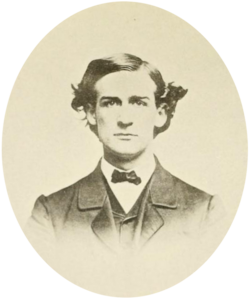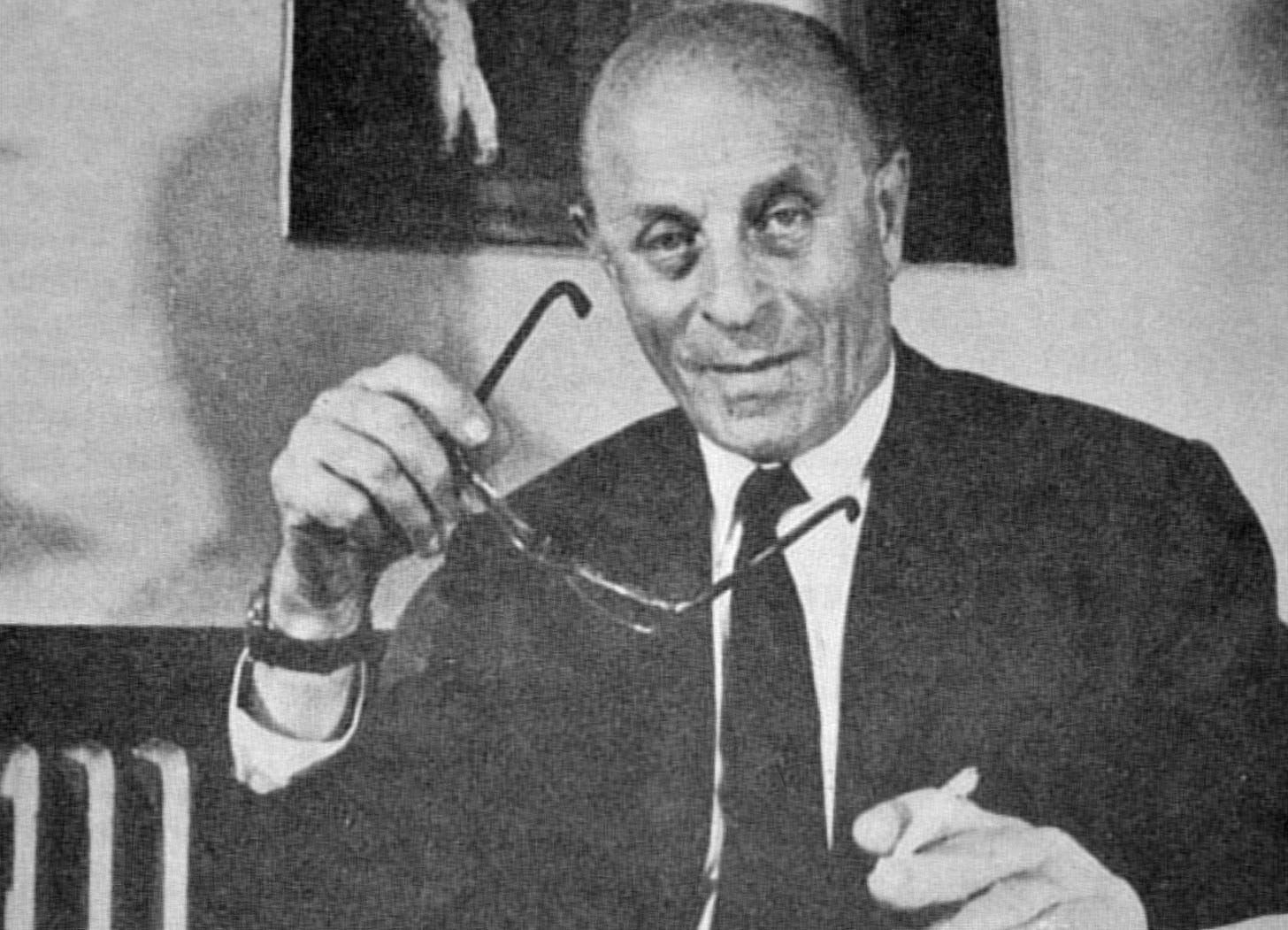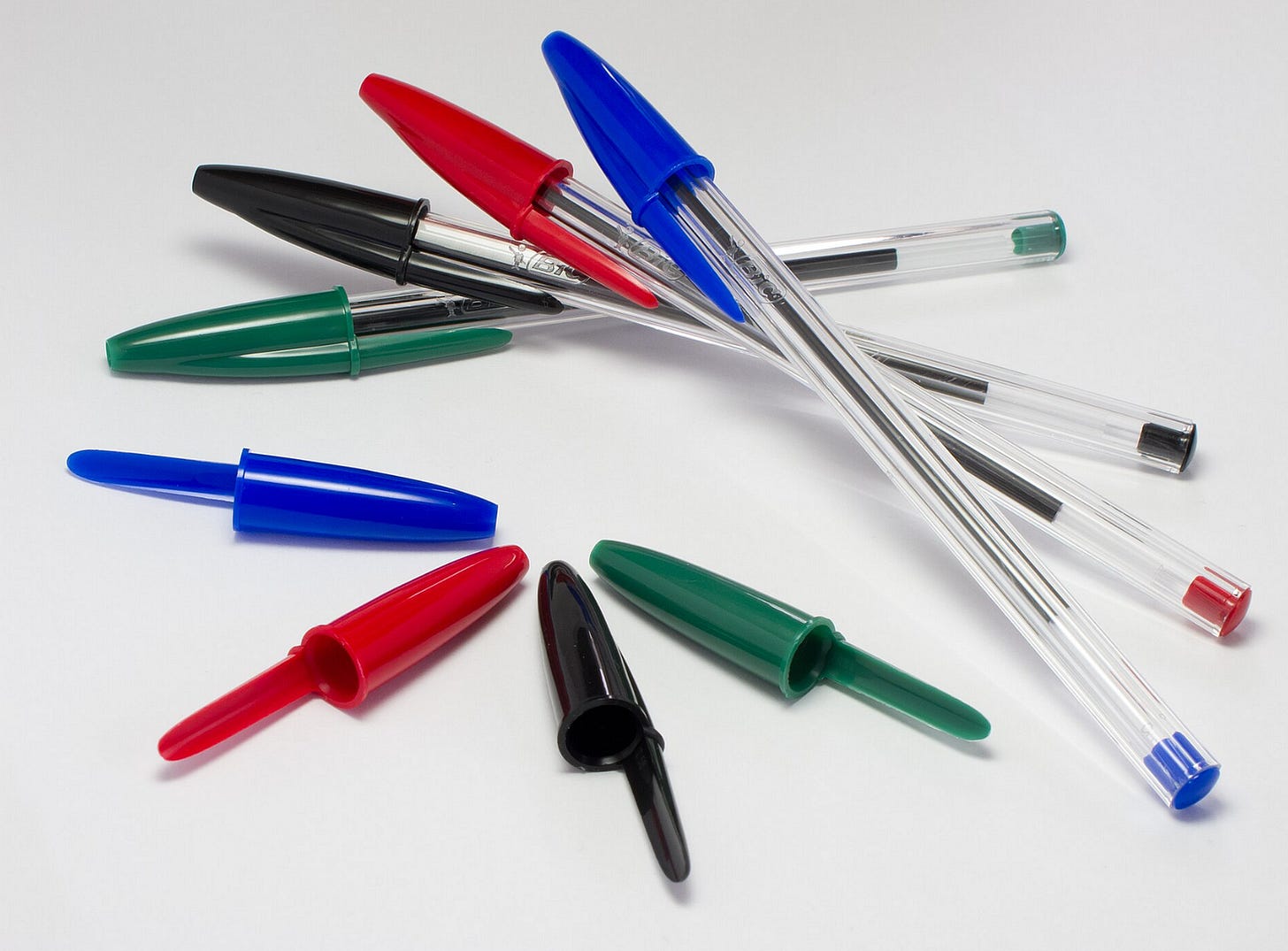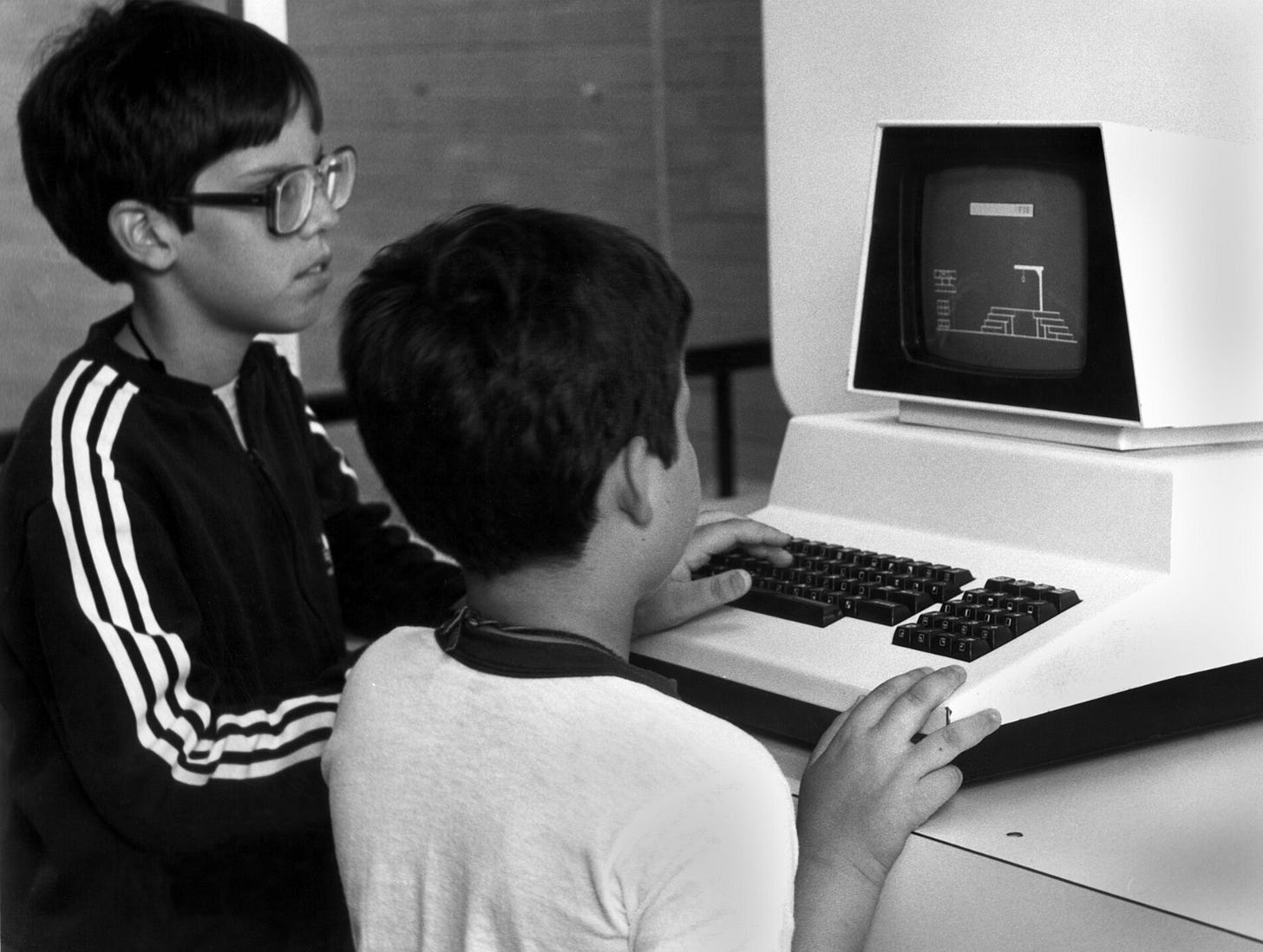What The Tech?! Ballpoint Pens
“The pen is mightier than the sword” — Edward Bulwer-Lytton, 1839
When this phrase was first uttered in 1839, it would be one of the first nods that highlighted the role that words and literature would play in the modern world. In a world that already had the printing press and basic pens, it would already be accepted that writing and communication could play a specific role in influencing public opinion and perception. Despite this understanding, another 100 years would pass before we would see the invention and broad-scale adoption of the ballpoint pen.
The development of the computer and the internet would eventually help to lead us towards the paperless concept, lessening its importance in today’s world. But before this technology was able to take hold at scale, Ballpoints would help to carry humanity. It’s a tale of precision manufacturing applied cost-effectively at scale, two of the key features that we still see today. Let’s check it out!
For the concept to work properly, it would require several iterations and changes to solve production problems. It all rested on the ball. Source: Wikipedia.
Early Iterations
The arts have been a focal point as humanity has progressed. As such, writing has become a huge part of that. While the ballpoint would be irrelevant in the scheme of creating writing, it would help to unlock it to the word in a cost-efficient manner.
Before its creation, things like the fountain pen and the inkpot would be how humanity would record much of its information. And while this would work, it came with some pretty unique problems. Not only was it a messy process, but it didn’t work well at scale due to the fact that it’s hard to write quickly when you need to ensure you have adequate supplies of ink being refreshed.
This meant that there would be strong demand for a portable, clean and reliable tool for writing. Unfortunately, the technology wasn’t quite there yet concerning bringing this product to life.
American John Loud would produce the first commercial ballpoint for leatherword. Source: Wikipedia.
Strangely enough, one of the first noteworthy ballpoints wasn’t used for paper at all. In 1888, American John J Loud would be granted the first patent regarding a ballpoint pen. His design was intended to be used in leather work and, as such, would not be suitable for use on paper. While the concept was sound, its niche use case meant that it would fail to receive broad-scale adoption.
Hungarian-born Ladislao Biro would help bring the ballpoint into military use. Here he is in 1978. Source: Wikipedia.
A Successful Adoption
It would be the 1930s when Ladislao Biro would combine two unique features that would help create a working ballpoint concept. His design would use an ink that had good viscosity while being quick drying, helping to tick the box for cleanliness. It also had a rolling ball mechanism that helped to distribute the ink, achieving the second goal of reliability.
At this point, cost effectiveness hadn’t yet been achieved however, these two new features would help push broadscale adoption of the ballpoint in the military. In a world without GPS satellites that lacked anything like modern computers, the pen would help pilots to navigate their craft, which led to another observation. The ballpoint was noted to work fine at different altitudes, a feature that meant that the Royal Air Force would become an early adopter.
Speaking of cost effectiveness, though, it’s worth taking a look at what these early pens would cost. Priced at around $12 or so at the time, when adjusted for inflation, they worked out at more than $200 per unit.
The economics of manufacturing at scale would start to come into play here. As war loomed on the global horizon, the quality of mass-produced pens would improve while the overall price per unit would be significantly reduced as manufacturing tolerances improved.
The broad success of the pen during the conflict meant that the concept would be ripe for commercialisation when applied at scale. The big question was, who would get there first?
In the aftermath of the war, the US department store Gimbals would bring the product to the commercial market. Despite this, it would be French entrepreneur Marcel Bich who would refine the pre-existing concepts with the intent of bringing them to the global market.
The Bic Cristal is known globally for reliability and precision tolerances wrapped in a cheap package. Source: Wikipedia.
Commercialisation
Bich would focus his attention on manufacturing improvements. As methods became more and more precise, he was able to use Swiss-designed equipment to achieve design tolerances of better than .01mm when applied at scale.
This would result in a sphere that was just 1mm in size and allowed the pen to function properly without leakage or mess. When combined with a plastic body that was cheap to manufacture, the dynamic would change overnight. Bic pens could be purchased for cents, unlocking literature for the rest of the world.
Today, the smartphone is the pocket-sized enabler of communication, connecting people the world over. Back then, the Bic would fulfil the same role. It would help to democratize education, allow artists to document their work under almost any conditions and support the rise of paper-heavy institutions like Banking and Business.
While the ballpoint wasn’t the only driving force behind modernisation, it certainly did make the whole process much smoother.
As the personal computer evolved, we’d see less reliance on physical writing instruments.
A Slow Decline
It’s hard to imagine a world where the pen loses relevance entirely. Its simple nature and cheap price mean that it will continue to be at hand for many people for some years to come.
However, the shaping of the internet and the personal computer would help to redefine the role that the ballpoint would eventually play in society. In a world that is moving towards paperless, its usage has faced a global decline as technology products have taken hold.
Humanity still produces billions of pens annually, but overall usage is more niche and specialised than what we’ve seen previously. The digital transformation has played a key role here, as storing and generating text has never been easier.
So while it may be a more marginal tool in comparison to the past, the pen is most certainly still, in many ways, a symbolic one as well.
If you found this article insightful, informative, or entertaining, we kindly encourage you to show your support. Clapping for this article not only lets the author know that their work is appreciated but also helps boost its visibility to others who might benefit from it.
🌟 Enjoyed this article? Join the community! 🌟
📢 Join our OSINT Telegram channel for exclusive updates or
📢 Follow our crypto Telegram for the latest giveaways
🐦 Follow us on Twitter and
🟦 We’re now on Bluesky!
🔗 Articles we think you’ll like:
- What The Tech?! Space Shuttles
- Shodan: A Map of the Internet
✉️ Want more content like this? Sign up for email updates





















